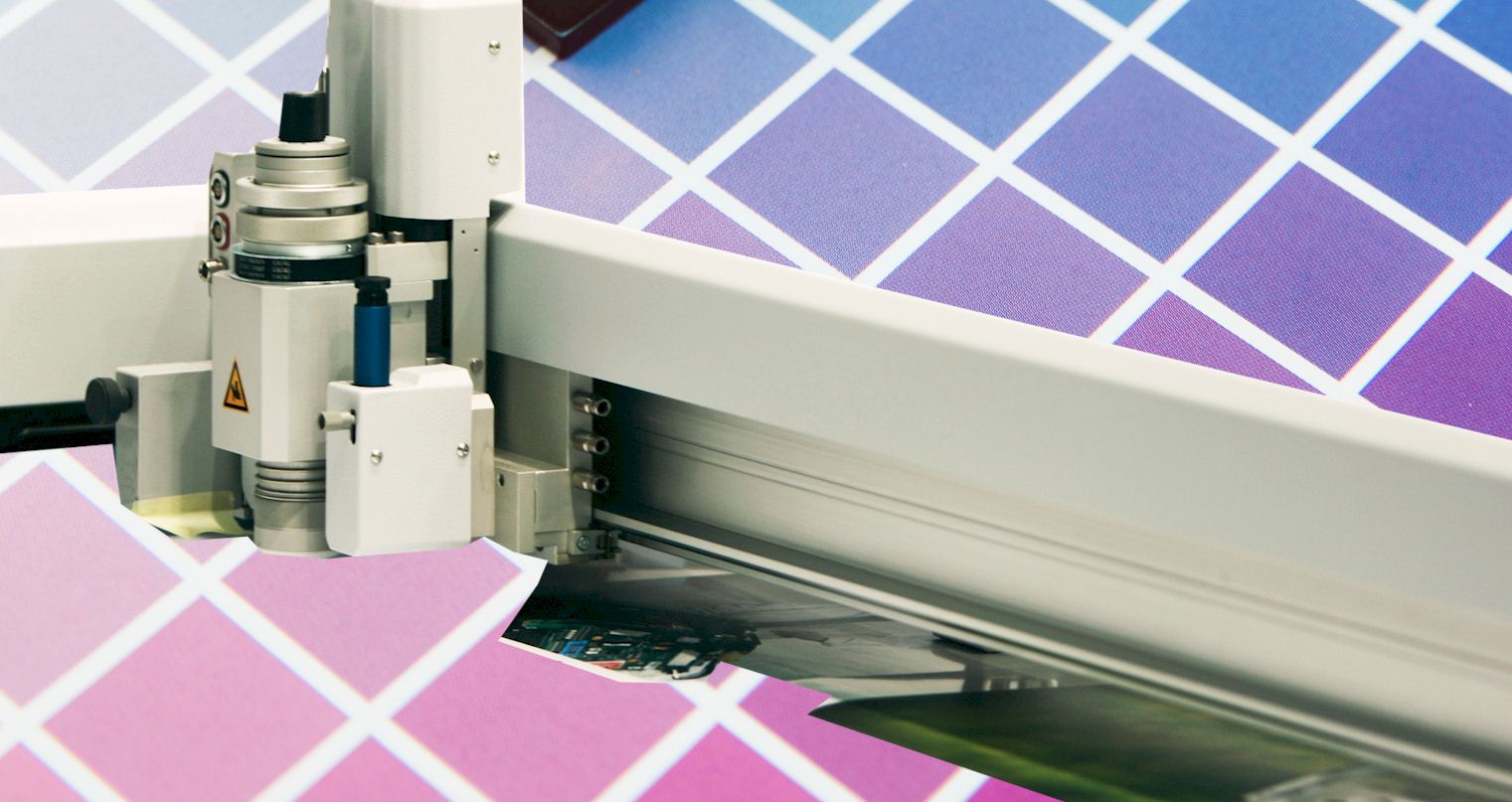As soon as you get into the 3D printing world, you will come across so many new terms. One of those terms is wave bonding. It’s something that can be an integral part of your 3D printing process. So, you must know about the whole thing.
Usually, wave bonding is a specialized feature on your 3D printer that can help the model stick to the print bed surface a bit better. It’s a kind of bonding method that you can use as an alternative method for rafting. It also works out in place of horizontal latticework.
Knowing that it’s an alternative bonding method doesn’t truly help, doesn’t it? That’s why I would suggest you read through this article to get a complete idea of the method.
The basics of Wave bonding?
Now, Wave bonding is an in-built feature that you get to see in M3D printers in general. You can get this in the settings or options menu of your M3D printer. To use this binding method, you just have to enable it in the settings. It’s fairly simple to set up and nothing complicated in using either.
But the real trouble is knowing the actual method. Because when you use this randomly, you will end up with nothing but a mess. So, let’s get to know about the basic working process of Wave bonding.
This kind of support structure provides excellent support when you are printing larger models. The bonding helps in sticking the model to the surface or anchor points. Because of this, you won’t have to worry about any kind of peeling or warping issues on the model.
Here’s an example of the working procedure of Wave bonding in practicality. So, let’s say you have printed a pretty large model on your M3D printer, and you see it’s starting to peel up. In that scenario, the solution for you is to use the wave bonding method. This will fix the peeling issues on the large model, and you will have a quality printer.
Okay, you know about wave bonding, but when do you use it? Also, since it’s an alternative to Raft bonding, you will always have to think about when to choose what. So, keeping up with that, I will go through this discussion here as well.
When to choose Raft and when to use Wave bonding?
With your M3D printer, you can use two kinds of structural support methods. You can either use Raft, or go for Wave. Which one to choose can be a bit difficult to decide when you don’t know the details.
So, I will dive into the details of these methods to give you a clear idea of when to use what.
Raft
Raft is the method where you create bases that make the printing process much more stable. Usually, the purpose of using this method is to prevent any kind of warping issues and provide better adhesion on the print bed.
This is something you will need when dealing with a messed-up bed leveling. Using Raft in that scenario can help out a lot in getting rid of all the printing issues you would otherwise encounter.
The working process is simple. You get a base layer of latticework frame. On top of that, you start printing your actual model. So, if any slipping issue were to occur at the time of printing, it would only impact the base or the Raft, not the actual model.
Using Raft can yield great results when you are working with a material that’s sensitive to heat. A common material like that is ABS. It’s very much sensitive to heat, and things can easily go wrong with this. So, in that case, using Raft helps out a lot in avoiding that problem from happening. This means you get a secured print regardless of any issue.
Wave bonding
I wouldn’t say this is an entirely different method than a raft. There are not many differences between them either. Both are support structures methods that provide good backup for the model to print. You can even use wave bonding along with Raft.
Now, the application is where the difference will come in. When you use Raft, you will need to opt for Raft separation to provide perfect structural support on your larger 3D models because Raft doesn’t cover up too much space.
With Wave bonding, you get a base layer that places an anchor at every 5mm interval. Because of this, the structural support of this method is a bit better for larger models. And you can use this for both ABS and PLA materials as well.
So, from all that, you get the picture, right? The basic difference between both these methods is in their form. While Raft is more like a base layer of lattice, Wave bonding is more focused on creating anchors to provide support. This makes the Wave bonding a time-saving option compared to Raft.
Does that mean you use waves everywhere? Well, no. Wave works well when you are dealing with larger print models. Because Raft doesn’t work well in that scenario as they need separation for that.
Simply put, if you are working with larger models that have peel or warp issues, you shall use Wave. If you are working on smaller models, you can use Raft. That’s the easiest way you can decide on these methods.
Conclusion
In short, when you have an M3D printer, you should use the Wave bonding feature for sure. It’s very helpful to ensure the quality of your 3D printed models that are quite large. However, that doesn’t mean you can’t use it on smaller models.
But while working with smaller models, you will still have the option of using Raft. And truly, in the case of smaller models, either of the structural support methods works just fine. It’s just a personal preference of what you want to use.
Contents
